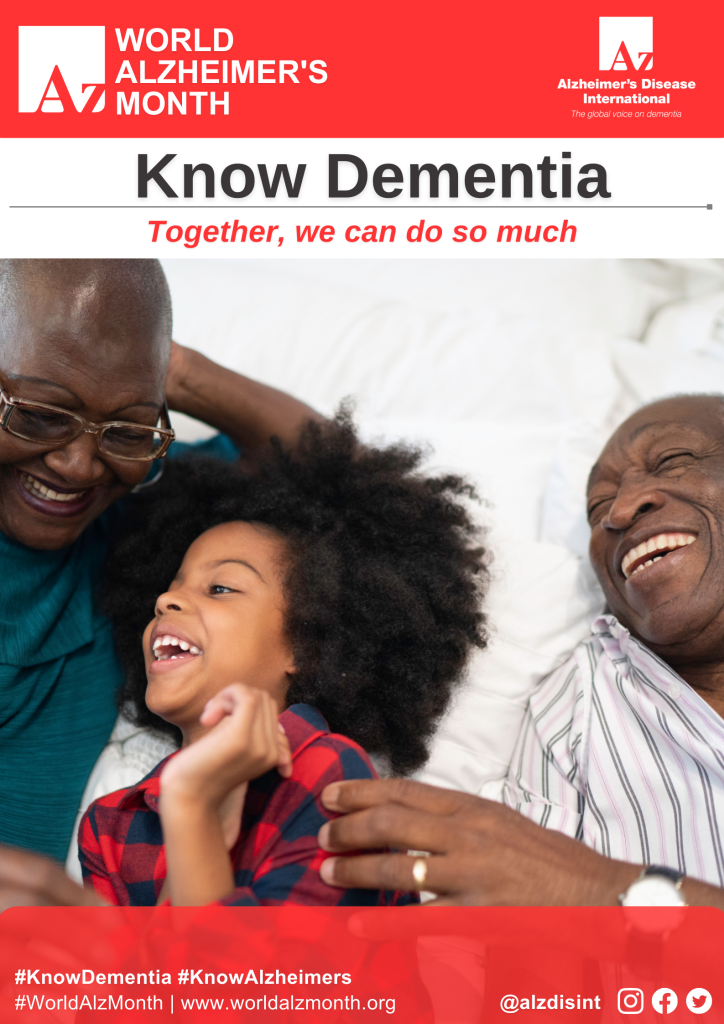Most disease-gene association methods do not account for gene-gene interactions, even though these play a crucial role in complex, polygenic diseases like Alzheimer's disease (AD). To discover new genes whose interactions may contribute to pathology, we introduce GeneEMBED. This approach compares the functional perturbations induced in gene interaction network neighborhoods by coding variants from disease versus healthy subjects. In two independent AD cohorts of 5,169 exomes and 969 genomes, GeneEMBED identified novel candidates.
This chapter advances Goals 7, 16, and 10 by exploring the tensions between democracy and procedural justice across two diverse case studies from Canada (wind energy) and the United States (oil and gas). The authors identify a common scalar mismatch between the interests and power of those exercising democracy at provincial/state levels and those living locally and impacted by development—straining to have their voices heard.
This content aligns with Goal 10: Reduced Inequalities by exploring how social factors such as access to housing, employment, education, and healthcare contributed to the inequitable impacts of COVID-19.
This Article supports SDGs 3 and 16 by measuring the rate of heart transplantation among Black and White waitlist candidates. The findings suggest that transplantation rates, as well as the rate of delisting for death or clinical deterioration, has worsened for Black candidates compared with White candidates, and that the causes for this disparity require further study.
This chapter advances the UN SDG goals 7, 10, and 16 by suggesting that energy does not only need to be democratized but ultimately, needs to be decolonized from the processes that place fossil fuels in the service of settler capitalism, rather than Diné sovereignty. Such a move might enable movements toward energy justice.
Indigenous peoples in Canada are at increased risk of cardiovascular disease and current research suggests that gaps most prominently present as delays in receiving care and as poorer long-term outcomes.
With the aging global population, the relationship between older people and their residential environments is increasingly important. This relationship is based on the match between the individual characteristics of a person, their needs and expectations, and the characteristics of their environment. By creating access to various health improvement factors and exposure to various risk factors, the conditions under which an individual ages can be modified. This helps to accelerate or decelerate the process of incapacitation that individuals undergo as they age. This can also reduce or reinforce socio-spatial inequalities, which underlie the preponderant role of territory and spatial policies in the prevention and promotion of healthy aging. This chapters supports the process for developing the Decade of Healthy Ageing (2020 – 2030) aligned to the Sustainable Development Goals (SDG3).
Obstetrician gynecologists, have a patient population that is more vulnerable to the negative impacts of climate change, and issues surrounding fertility and reproduction have not only immediate implications but also implications for future generations. It is only fitting that obstetrician gynecologists take the lead in advocating for safer and greener practices in the OR, hospital, and healthcare industry.
The aim of this review was to synthesize evidence around the nexus between climate and health in the Caribbean, thereby presenting a more concise understanding of the current impact on vulnerable low-lying and coastal communities.
An estimated 50 million people around the world currently live with Alzheimer's disease or other dementias, dementia being a collective term for progressive syndromes that affect various expressions of cognitive function, such as memory and emotional expression. Alzheimer’s disease accounts for the majority of cases (50 to 70%, varying by country, based on Alzheimer’s Disease International and World Health Organization figures).

